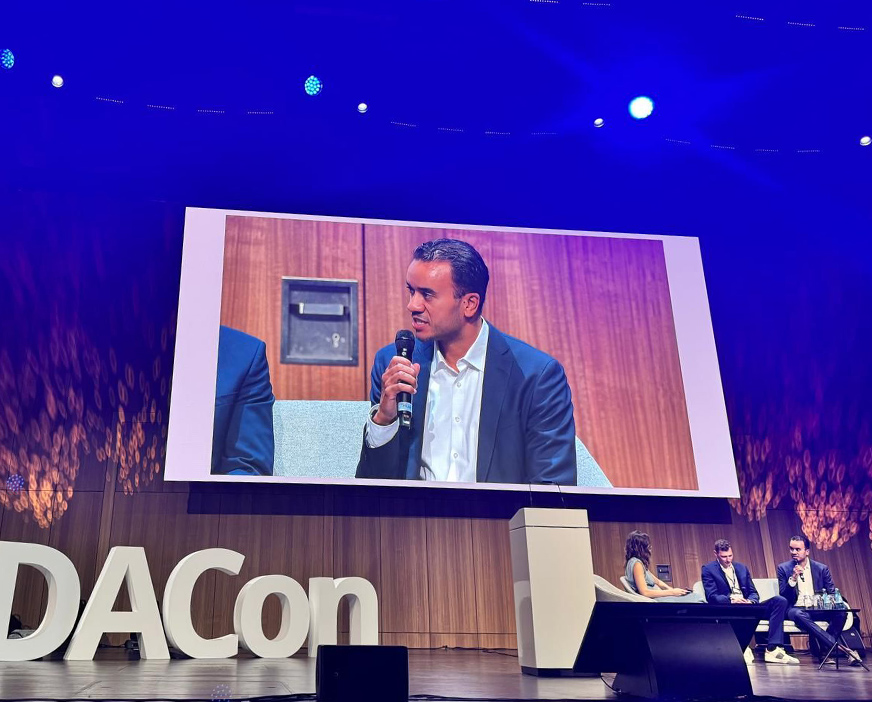What is a Colocation Rack (Server Rack)?
A colocation rack is a specific unit that a customer of a colocation provider rents in a data center.
More detailed conceptual definitions
Colocation (also known as server housing) refers to the placement of a (commercial) customer’s servers and network equipment in a third-party provider’s or data center operator’s facility. Data centers offer an environment optimized for server performance and availability, including features such as redundant power supply and cooling, fire suppression systems, and 24/7 security monitoring.
A colocation rack is a specially constructed server cabinet that is firmly bolted to the floor of the data center. The rack provides a standardized frame for organizing and managing server equipment, including servers, switches, routers, and storage devices. A rack is standardized at 19 inches high and has approximately 42 rack units (RU). In addition to full (1/1) racks, half (1/2) or quarter (1/4) colocation racks can also be rented.
By renting a colocation rack, companies can operate their IT infrastructure in a secure and high-performance environment without having to bear the full costs and responsibilities of maintaining their own data center.
Advantages of renting a colocation rack:
- Cost savings: The high investment costs for purchasing your own rack and setting up your own data center are eliminated.
- Scalability: Companies can rent additional racks or server capacities as needed without having to set up new physical spaces.
- Professional infrastructure: Data centers offer specialized infrastructures such as redundant power supply, cooling, and security measures, which would be costly if the company had to build and maintain them itself.


